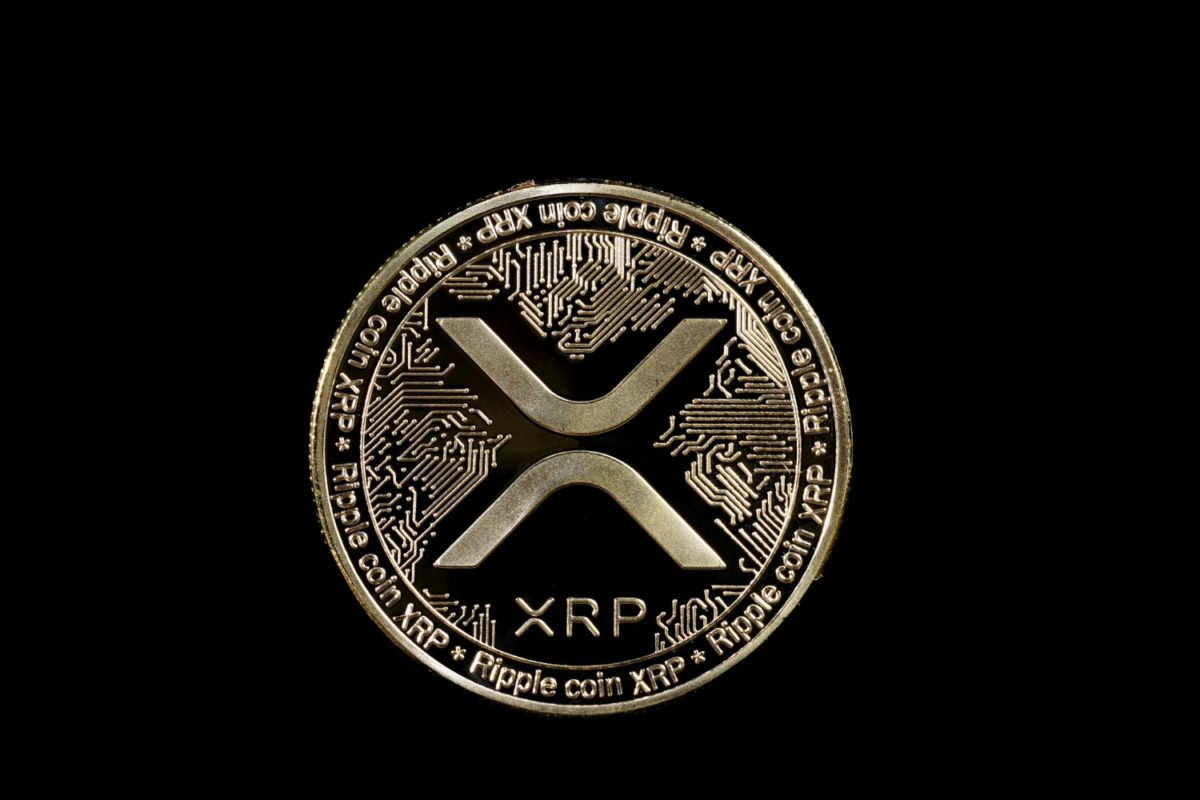XRP

A Brief History of XRP
Ripple is a blockchain-like payment system launched by OpenCoin Inc in 2012 that focuses on chargeback-free currency exchanges.
In 2005, Ripple's predecessor launched Ripplepay as a financial service to provide secure payment options for online community members over the Internet. This led to a new idea - in 2011, the development of an electronic payment system began, in which the network is supported by servers around the world and, unlike other cryptocurrencies, transactions are confirmed not by mining, but by consensus of network participants, which allows the system to conduct transactions to anywhere in the world in just a few seconds. In September 2012, the team founded OpenCoin Inc and launched the Ripple payment system. Due to the fast transactions, the system has gained great popularity among banks.
Ripple works not only with cryptocurrency, but also with fiat currencies and goods. At the same time, it is worth emphasizing the difference in the names Ripple and XRP. Until recently, an equal sign was put between these two names. Now, Ripple is the name of the company, and XRP is the internal cryptocurrency of the Ripple network.
XRP is one of the fastest cryptocurrencies
XRP cannot be mined like other altcoins.
Transactions are confirmed by consensus among network participants, rather than by mining (as in the Bitcoin network, which is based on the blockchain).
XRP is the third largest cryptocurrency after Bitcoin and Ether.
The Ripple protocol enables instant and direct exchange between two parties. Ripple uses less electricity than Bitcoin, so transactions are completed much faster - on average, about 3.7 seconds.
Ripple depends on a shared decentralized ledger, which is a distributed database of all Ripple accounts. The network "operates a network of independent verification servers that constantly compare their transaction records." The servers can be owned by anyone, including banks and market makers.
There were initially 100 billion XRP created and no more will be created.
Each transaction has a small fee of 0.00001 XRP. This transaction fee is not appropriated by anyone - the written-off XRP is destroyed and ceases to exist.
Ripple allows the flow of XRP, which is set at one billion XRP each month.
Ripple's Problems
Due to the high speed of transactions, the Ripple system is very popular among banks. This excitement allowed XRP to make a huge jump in value. However, despite its high popularity, banks are in no hurry to completely switch to this system, as corporations need stability, and cryptocurrencies are far from them.
There is a lot of controversy online about Ripple's decentralization. Bitcoin supporters criticize XRP for being "pre-mined" because XRP does not require mining and is built into the Ripple protocol. Of that, Ripple owns 61 billion, and spends about 300 million XRP per month to cover expenses.
In this regard, the control of 61% of all currency by one company is a controversial issue and raises many questions about its decentralization.
Getting Started with XRP
Activating a Ripple account requires a reserve of 20 XRP, which is frozen forever. This reserve is explained as protection against spam. The purpose of the fees is to protect the network from DoS attacks by making them too expensive for hackers.
To store this currency, you can pay attention to special wallets Ripplex, GateHub and Ledger.
Speed of operations
The advantage of XRP over its competitors is that the speed of financial transactions is almost instantaneous. An interesting feature is that the speed will not be affected by the price or the Ripple rate, and even the network load will not be a problem. Only 1 confirmation of the XRP blockchain is needed to carry out the exchange.
